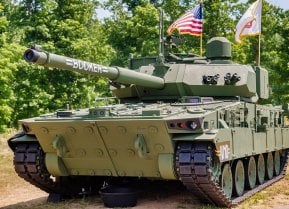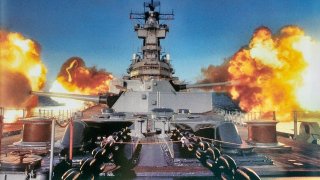Navy Montana-Class Battleships Would Be No Match Against China's Military
Even if built, the Montana-class ships, now would be 80 years old, making them ill-suited for current strategic military needs, underscoring the evolution of naval priorities towards aircraft carriers and smaller, faster vessels.
Summary: Despite being larger and more heavily armed, the Montana-class would likely be ineffective in modern conflicts, particularly against a technologically advanced adversary like China.
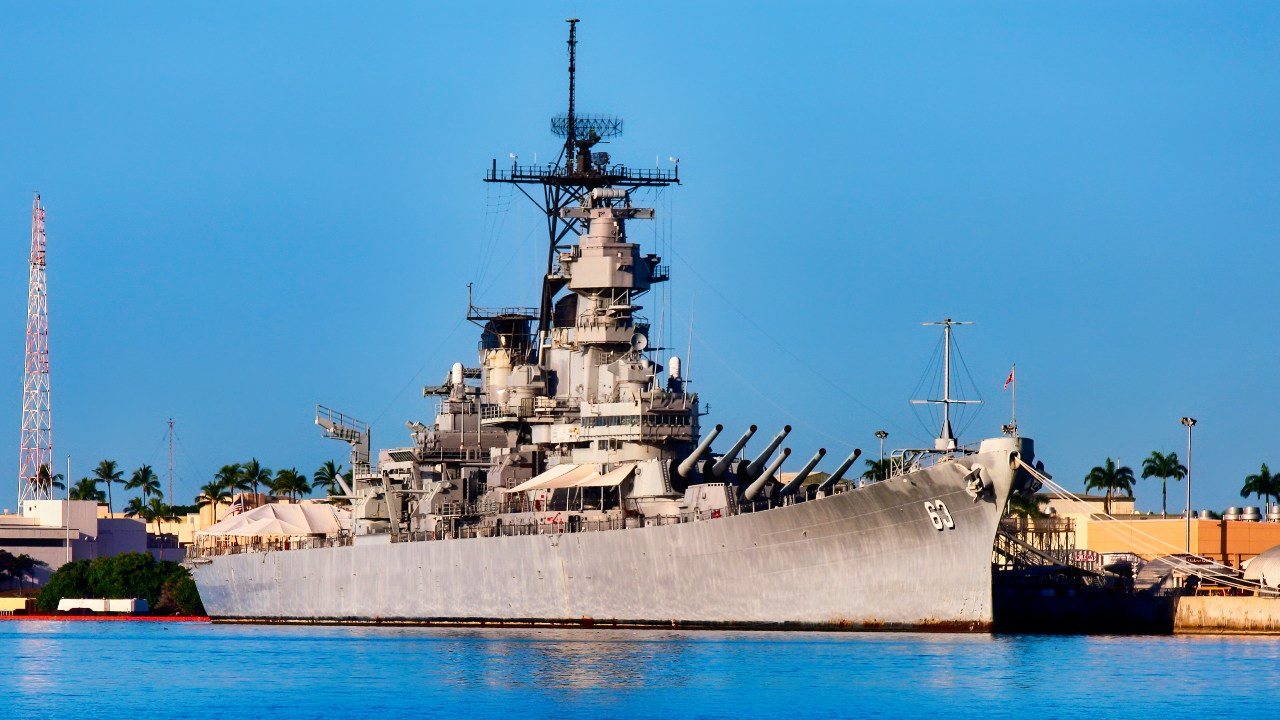
The advancements in naval warfare, emphasizing speed and stealth over sheer firepower, render the concept of battleships outdated.
Even if built, the Montana-class ships, now would be 80 years old, making them ill-suited for current strategic military needs, underscoring the evolution of naval priorities towards aircraft carriers and smaller, faster vessels.
Montana-Class Battleships: A Forgotten Giant in Modern Naval Strategy
The mighty Iowa was the last class of battleship the U.S. ever produced – but not the last it planned. Montana-class battleships were authorized for construction, intended to succeed the Iowa. But as the U.S. Navy began to appreciate the importance of naval aviation – and of the aircraft carrier – the Montana was deprioritized, and the class was ultimately canned.
Decades later, tensions with China are rising, and pundits wonder whether the U.S. naval fleet is adequately prepared for great-power conflict. Would the existence of something like the Montana class help the U.S. in a conflict with China? Short answer: probably not.
The History of the Montana-Class Battleships
“In the late 1930s, the U.S. government, recognizing the deteriorating world situation, sought to rebuild US. Naval power,” Kyle Mizokami wrote for The National Interest. “The crash of the stock market in October 1939, as well as the Washington and London naval treaties, had slowed the growth of the U.S. Navy and reduced its tempo of peacetime operations. By 1940, however with fighting raging in Asia and Europe, it was clear the United States needed to beef up its defensive capability to deter attack – or to prosecute a war if it were dragged into conflict.”
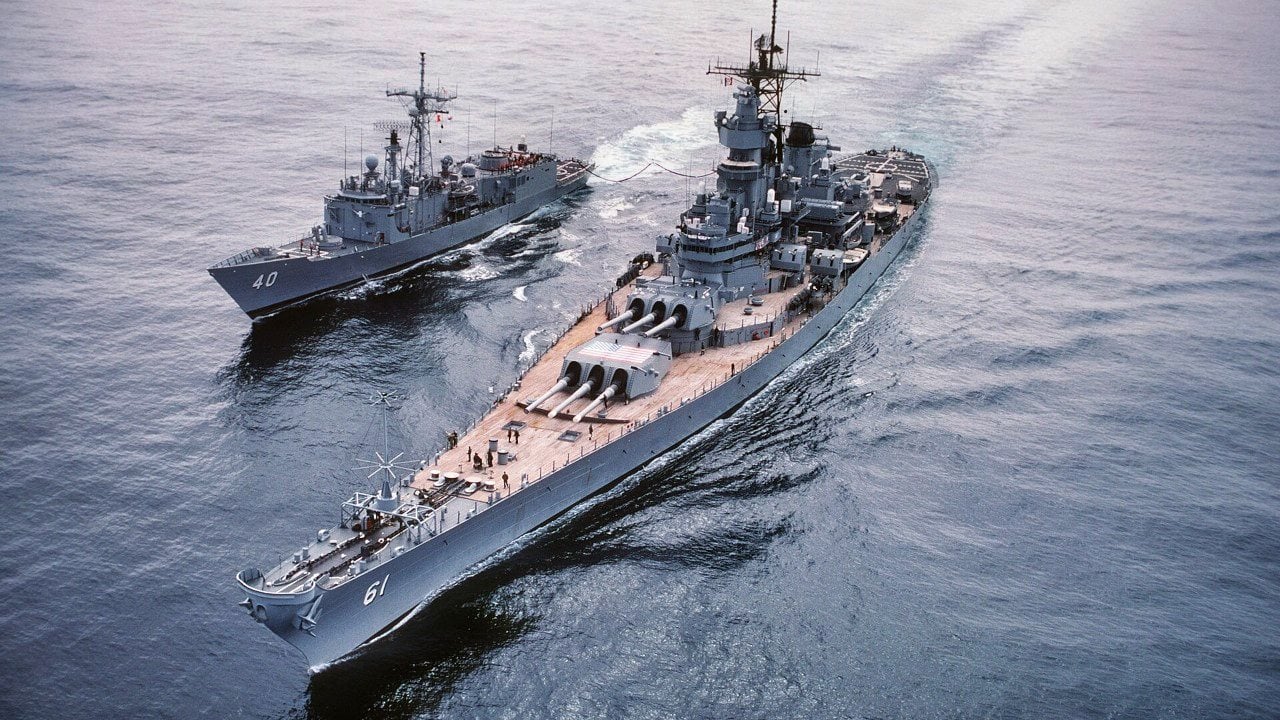
The result? The authorization of the “Two Ocean Navy,” which included five Montana-class battleships meant to supplement the Iowa-class vessels.
A variety of designs were proposed for the Montana, all of which had one factor in common: The Montana would be significantly bigger.
Now, the Iowa was not exactly small. Measuring 860 feet long and displacing 58,000 tons, the Iowa carried considerable heft. One design for the Montana, though, proposed an 860-foot-long vessel with a 64,500-ton displacement. The Montana also would have featured more firepower than the Iowa, with twelve 16-inch/50-caliber guns, relative to the Iowa’s nine.
Would the Montana Be Useful Today Against China?
The Montana, while larger and more powerful than the Iowa, would also have been slower, and hence more vulnerable.
China is increasingly well equipped to harm American surface vessels. Chinese President Xi Jinping, having stockpiled attack submarines, quick surface vessels, aircraft carriers, advanced aircraft, and intermediate-range and hypersonic missiles, is well equipped to challenge American naval presence in the Indo-Pacific. Large, slow vessels like the Montana would be at particular risk in such an environment. Certainly, the Montana class would contribute offensively – even by modern standards, she would pack a considerable punch. But the question is: Would she be able to survive?
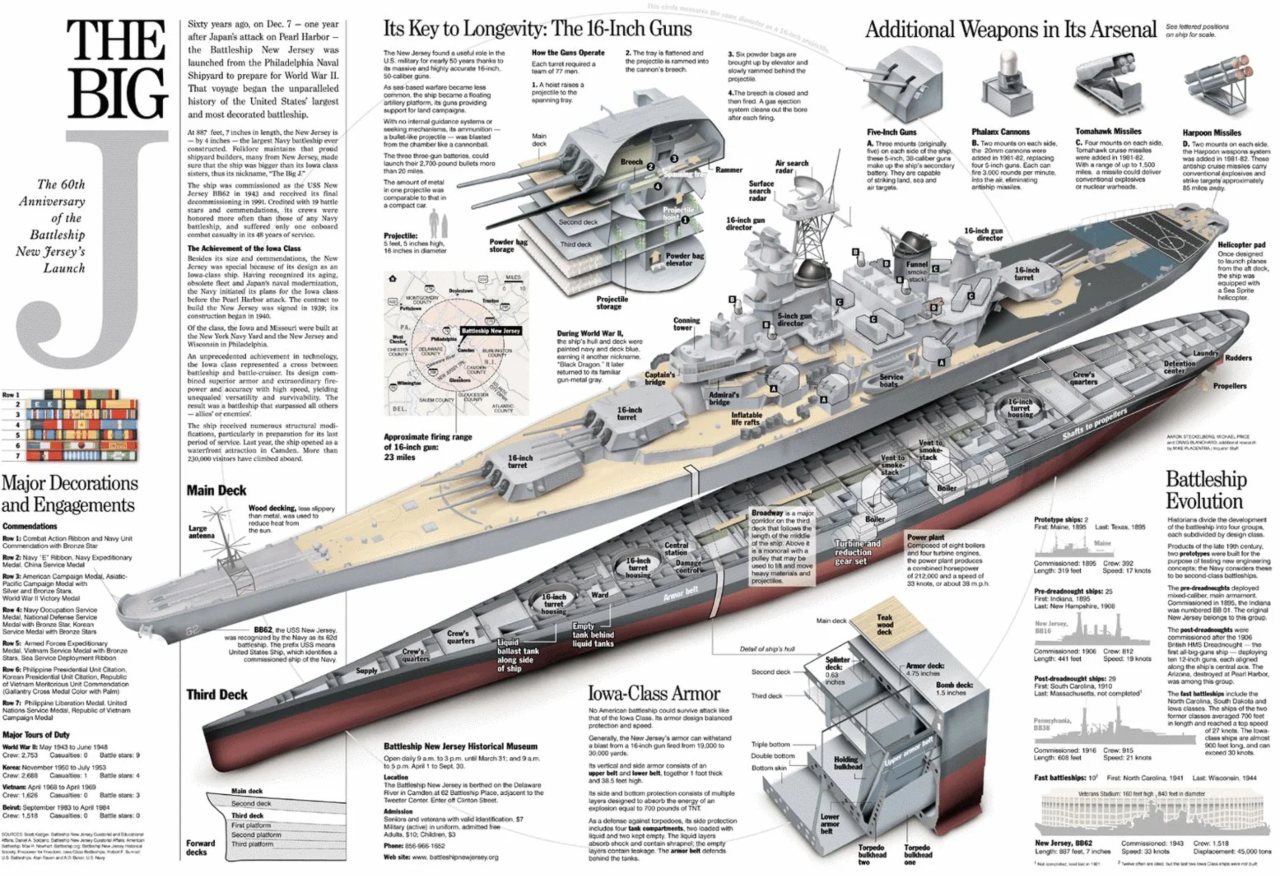
Had the Montana class actually been built, the ships would all be 80 years old at this point – the oldest in the Navy. Eighty-year-old ships are, for a variety of reasons, unlikely to be big contributors in a 21st-century great-power conflict.
So while the Montana represents capabilities that the U.S. Navy left on the table, unrealized, in preparation for World War II, those capabilities have long become outdated and would be ill-suited to conflict with China.
About the Author: Harrison Kass
Harrison Kass is a defense and national security writer with over 1,000 total pieces on issues involving global affairs. An attorney, pilot, guitarist, and minor pro hockey player, Harrison joined the US Air Force as a Pilot Trainee but was medically discharged. Harrison holds a BA from Lake Forest College, a JD from the University of Oregon, and an MA from New York University. Harrison listens to Dokken.
Image Credit: U.S. Navy.
